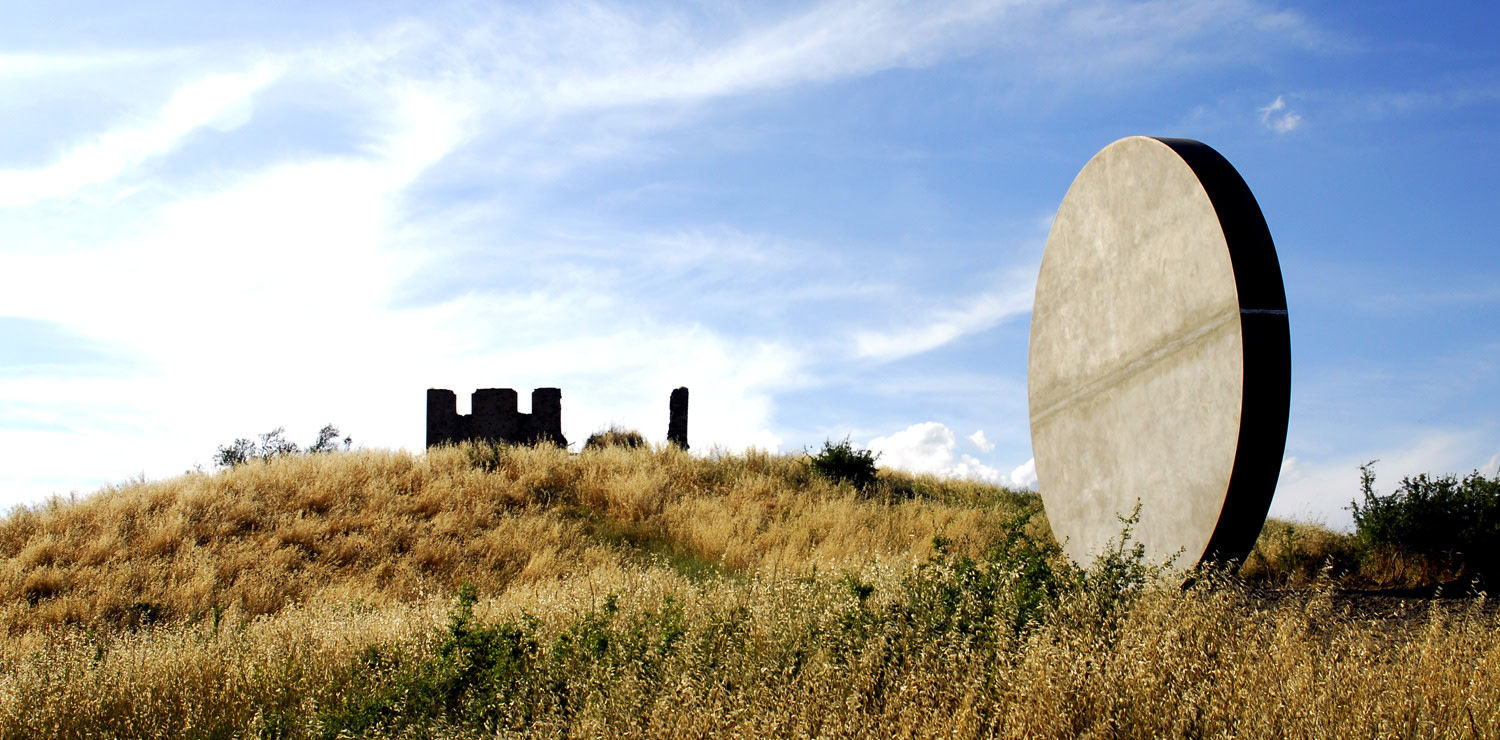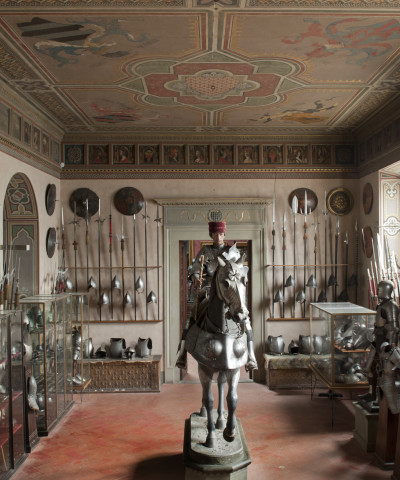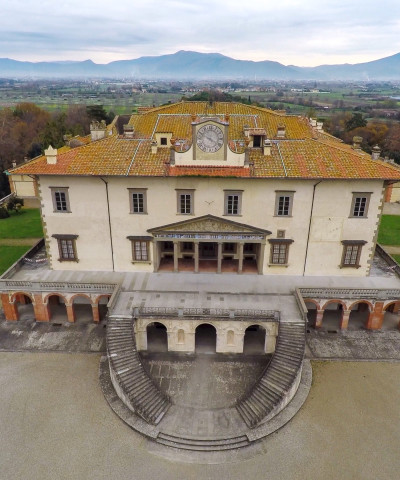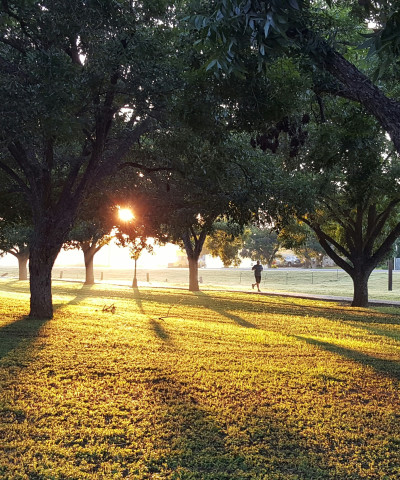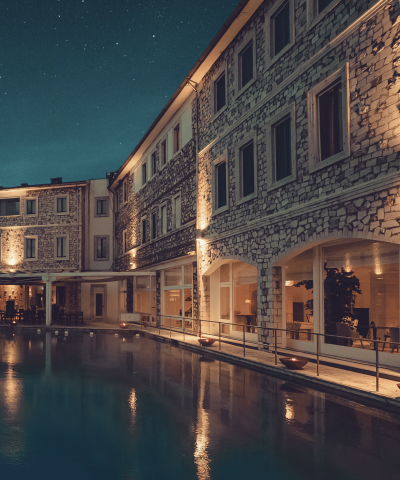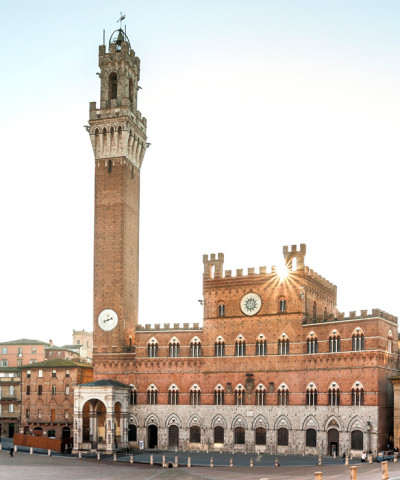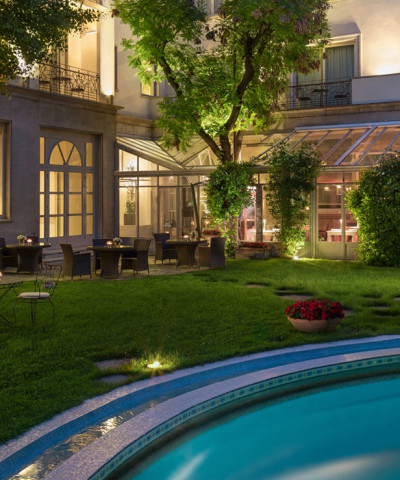The most beautiful art parks in Tuscany
Discovering Tuscany's natural treasures for a green trip among flowers, trails and art
Private collections, historical parks and unique installations. When nature meets art, small and big pearls are born that enter the hearts of young and old alike. From the new guide Contemporary Tuscany, the most beautiful art parks in Tuscany!
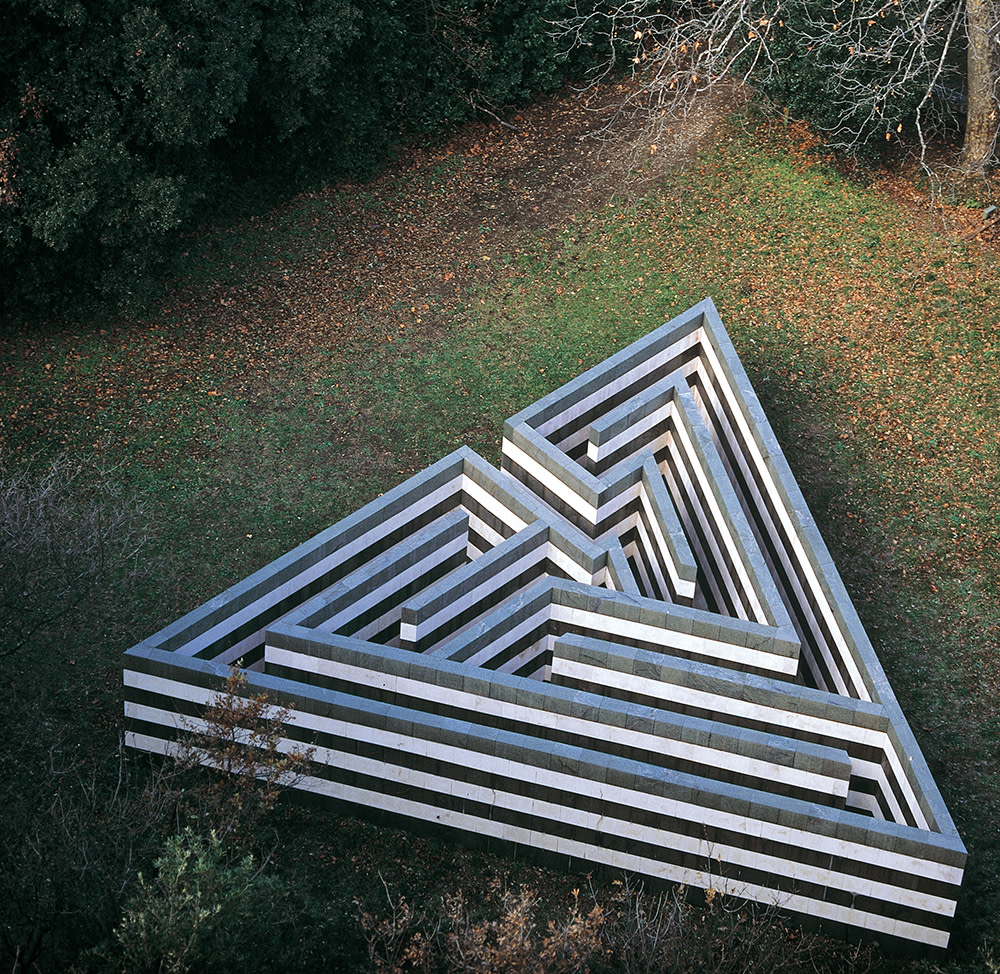 PARK AND FARM OF CELLE - pistoia
PARK AND FARM OF CELLE - pistoiaSince the early eighties, Villa Celle’s Park has been the home of the extraordinary Gori Collection, considered to be one of the world’s greatest environmental art collections, with works specially created for the romantic-style park and the annexes of the Baroque villa and farm by internationally renowned artists, including Magdalena Abakanowicz, Daniel Buren, Loris Cecchini, Ian Hamilton Finlay, Dani Karavan, Joseph Kosuth, Sol LeWitt, Richard Long, Fausto Melotti, Robert Morris, Hidetoshi Nagasawa, Dennis Oppenheim, Claudio Parmiggiani, Giuseppe Penone, Jaume Plensa, Anne & Patrick Poirier, Richard Serra, Susana Solano, Alan Sonfist, Giuseppe Spagnulo, Mauro Staccioli, Costas Tsoclis. According to their art projects, the environment is not a mere background, but an integral part of each work of art. Therefore, each work created for Celle enhances a specific detail of the place and its value lies in being part of it (www.goricoll.it).
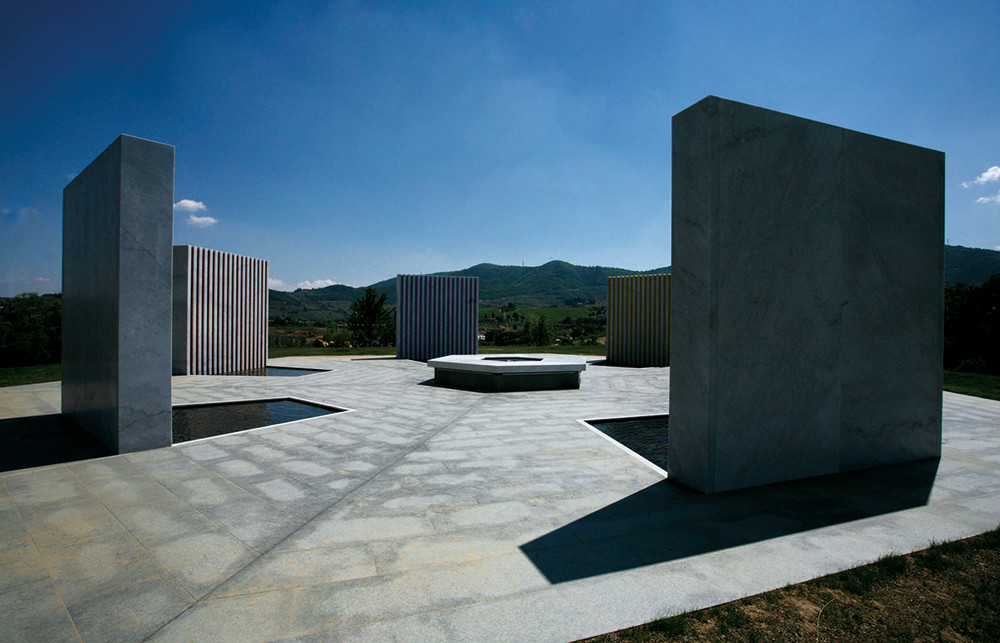 PARK MUSEUM OF VILLA LA MAGIA - quarrata
PARK MUSEUM OF VILLA LA MAGIA - quarrataThe park is filled with installations specially created for the place by major artists such as Daniel Buren, Maurizio Nannucci, Hidetoshi Nagasawa, Marco Bagnoli, Anne & Patrick Poirier, Fabrizio Corneli, and which blend in with the magnificent green setting of the Medicean villa that is listed as a UNESCO World Heritage Site. Starting with the lemon-house, through the Italianate garden and up to the park’s lake, the art collection winds through the garden like paths along which artistic forms connect with the “spirit” of this historic place: a matter for reflection and engagement of the senses for all visitors (www.villalamagia.com).
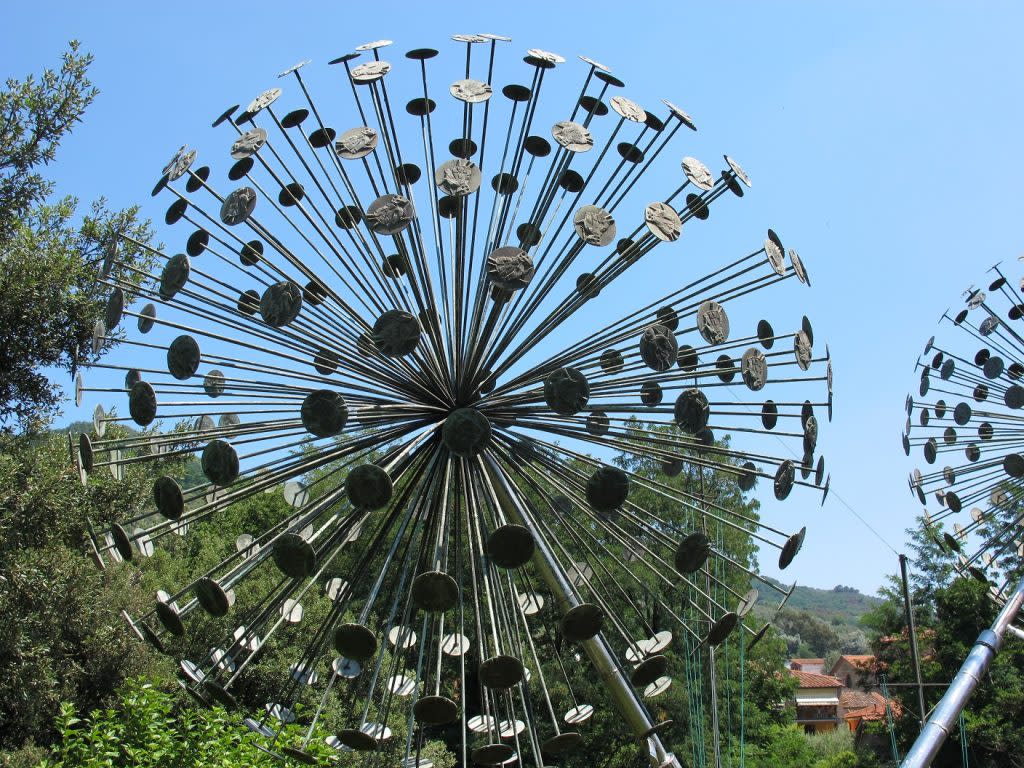 MONUMENTAL PINOCCHIO PARK - collodi
MONUMENTAL PINOCCHIO PARK - collodiThis is the first example of a contemporary art garden, designed to celebrate the world-famous fairy tale and its author, Carlo Lorenzini, a native of the town whose name he used as nom de plume. In the early fifties, the first works of sculpture were placed in a vast green area: the monument to Pinocchio and the Fairy by Emilio Greco and the Mosaic Piazza by Venturino Venturi. In the following decades, architectural elements were added to the park, such as the Land of Toys by Giovanni Michelucci and the Big Shark by Marco Zanuso, along with environmental scenery by the famous landscape designer Pietro Porcinai and several sculptures by Pietro Consagra (www.pinocchio.it).
Restored in the late 1900s and converted into a contemporary art venue in 2002 on the occasion of the 11th Sculpture Biennale curated by environmental art collector Giuliano Gori, the park showcases a number of permanent works of sculpture and marble installations by artists of the caliber of Ian Hamilton Finlay, Dani Karavan, Sol LeWitt, Luigi Mainolfi, Mario Merz, Robert Morris and Claudio Parmiggiani. Following the latest Sculpture Biennale in 2010, the park has become a symbol of the artistic production of the “city of marble”, complementary to the artwork collection housed in the local Arts Museum. The park represents also Carrara’s first open-air museum of contemporary sculpture (www.musei.carrara).
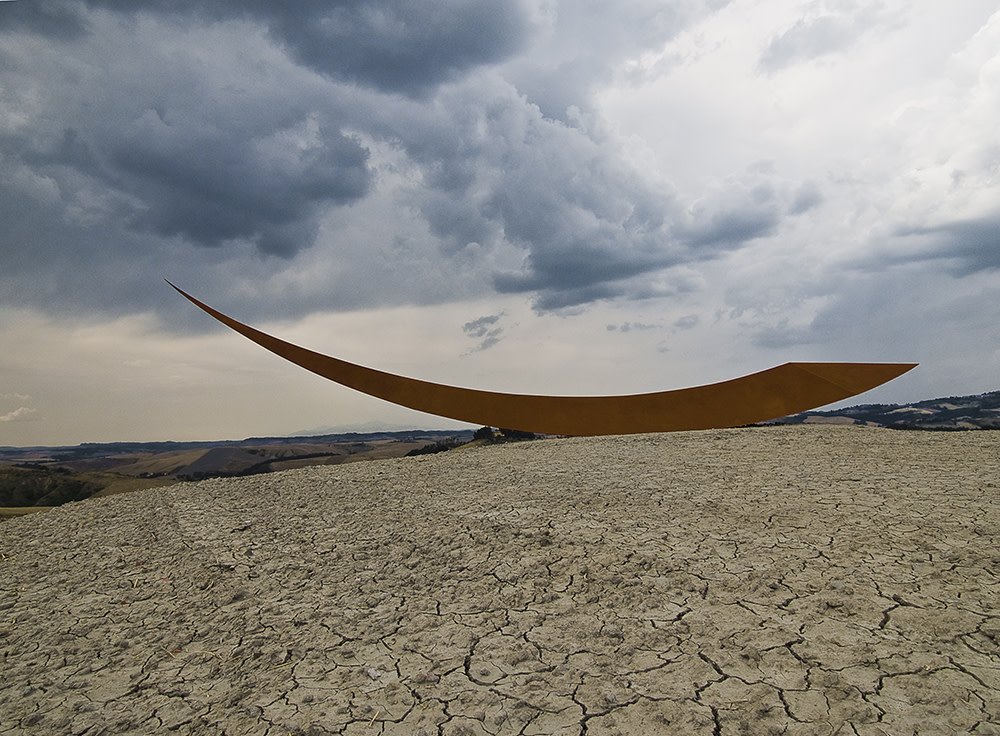 PLACES OF EXPERIENCE - volterra
PLACES OF EXPERIENCE - volterraLuoghi d’esperienza is an art route dotted with imposing environmental sculptures by artist Mauro Staccioli, a native of the town of Volterra and active in Milan, from where he became well-known all over the world between the seventies and nineties. In 2009, on the occasion of an exhibition in his hometown, the artist established an intimate and sensitive relationship between the “primary” forms of his concrete or metal sculptures, such as circles, disks, stems, and the dominant features of the Volterra inland’s landscape. As a whole, these installations by Staccioli represent one of the most successful attempts at interaction between art and landscape in Tuscany.
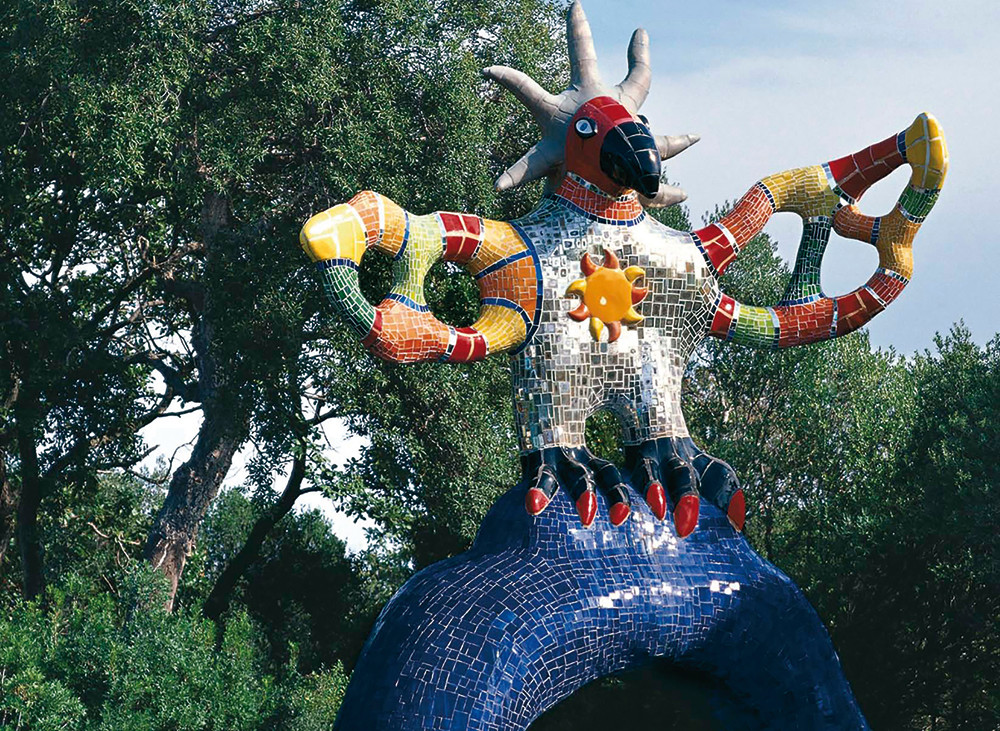 TAROT GARDEN - garavicchio
TAROT GARDEN - garavicchioIt is a monumental sculpture park designed and built, starting from 1979, by artist Niki de Saint Phalle, with the collaboration of sculptor Jean Tinguely, with whom she also created the Centre Pompidou fountain in Paris. Inspired by the famous Parc Güell by Antoni Gaudì in Barcelona, the garden winds through 22 figures which draw inspiration from the esoteric Tarot cards, represented also by as many giant sculptures, most of which can be walked through, according to the visionary and original style of the artist who lived and worked here until her death in 2002. The pavilion at the entrance to the garden was designed by “starchitect” Mario Botta for the Foundation that now manages the park (www.giardinodeitarocchi.it).
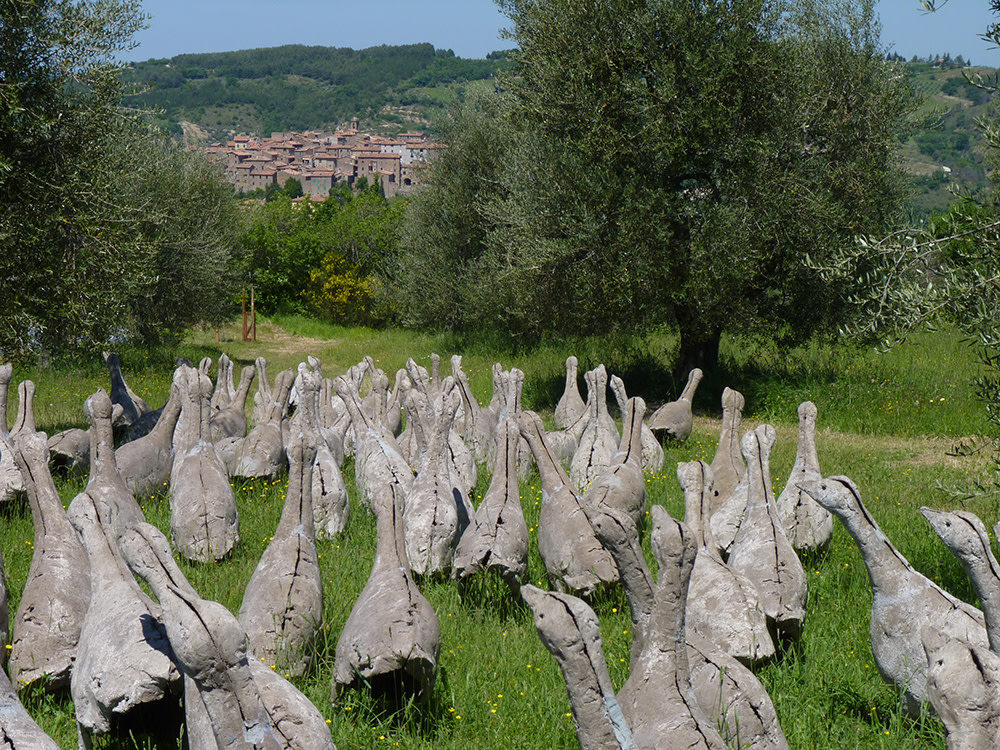 DANIEL SPOERRI’s garden - seggiano
DANIEL SPOERRI’s garden - seggianoEstablished in 1997 as autonomous Foundation, the garden was designed by the famous Swiss artist of Rumanian origin, now celebrated in museums all over the world for his “inventions”: from trap pictures to the Eat Art concept. Spoerri immersed himself for over two decades in the landscape at the foot of Mount Amiata, far from the stereotyped and idealized view of the Tuscan countryside, where he created various works and invited artists close to him. The garden contains over one hundred installations by Spoerri and world-famous artists such as Eva Aeppli, Arman, Roberto Barni, Dani Karavan, Luigi Mainolfi, Aldo Mondino, Meret Oppenheim, Nam June Paik, Dieter Roth, Raphael Soto, Mauro Staccioli, Jean Tinguely, Roland Topor, Not Vital, Erwin Wurm (www.danielspoerri.org).
The Garden, created in 1995, contains about fifty sculptures placed around Swiss artist Kurt Laurenz Metzler’s house-studio. He used the typical Sienese landscape as a stage in which to theatrically arrange, in a single environmental complex, his colorful range of human figures designed to virtually represent the relation between man and the land. The sculptures are mostly made of metal (bronze, iron, aluminum) and livened up with bright colors. The subjects, usually out of scale, are dancers, motorized figures (Motor Menschen), newspaper readers or urban neurotics (Stadtneurotiker), as opposed to the peaceful Tuscan countryside.
Since 2004, the Park has been housing a collection of works in the wood facing the old kiln, on the private initiative of Mr. and Mrs. Giadrossi. Connected with the environmental project aimed at transforming Pievasciata into a “contemporary art village”, the works of art are mostly iconic and colorful, in order to stand out in the Chianti countryside. Artists from the five continents have been invited to create works for the park by using different materials and working on site so as to provide visitors with an overview of the world’s artistic variety. In the park there is also an amphitheater offering a rich program of summer concerts (www.chiantisculpturepark.it).
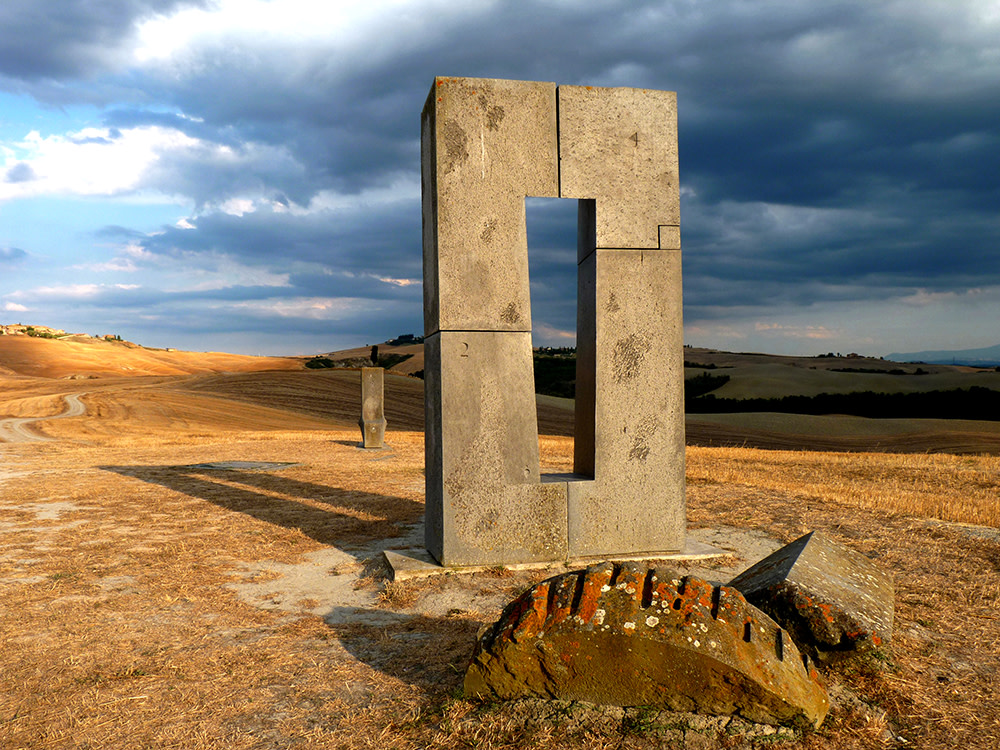 SITE TRANSITOIRE - leonina
SITE TRANSITOIRE - leoninaIn 1993, French artist Jean-Paul Philippe created a monumental complex in the open country with a panoramic view of the small village of Mucigliani. Having a fascination with travertine quarries and the Crete Senesi countryside, Philippe conceived a “site” with elements engaged in a mutual dialogue and with nature: a chair ready to welcome whoever might care to sit a while, a window facing the last ray of sunlight before the sun sets on the summer solstice, a maze. Through sculpture, the artist created an “interior archeology” which shows traces of his relationships and journeys. This “megalithic” complex has become a place unique of its kind, where artists in different genres and styles meet and work.
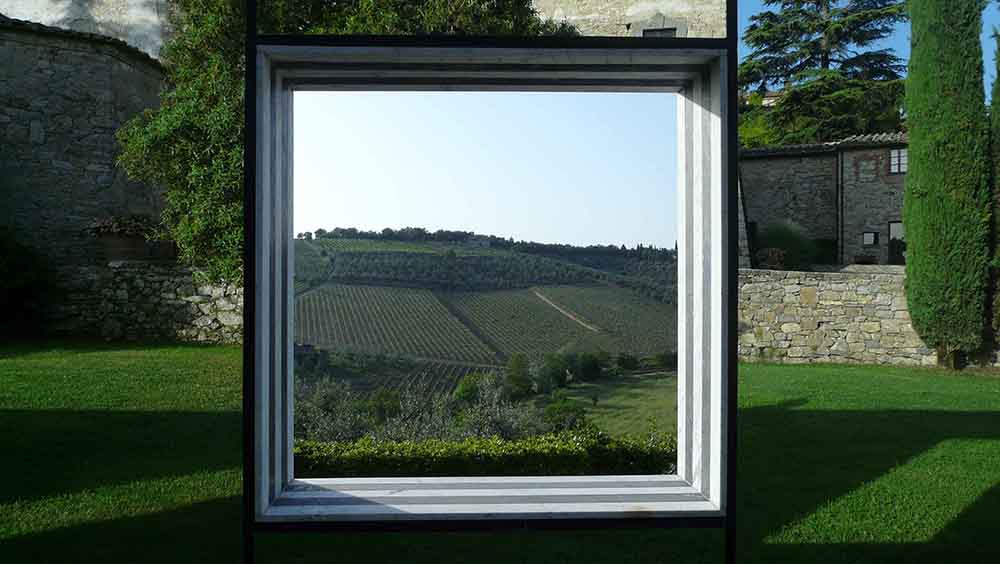 Castello di Ama - GAIOLE IN CHIANTI
Castello di Ama - GAIOLE IN CHIANTIThe art collection of Castello di Ama, which produces great wines, is set in a landscape of extraordinary beauty and revolves around two basic concepts: the on-site installation and the connection with the spirit of the place. The works created by Michelangelo Pistoletto, Daniel Buren, Giulio Paolini, Kendell Geers, Anish Kapoor, Chen Zhen, Carlos Garaicoa, Nedko Solakov, Cristina Iglesias, Louise Bourgeois, Ilya and Emilia Kabakov, Pascal Marthine Tayou, Hiroshi Sugimoto, Lee Ufan, Roni Horn, Miroslaw Balka are scattered across the modern wine estate and the village, which includes the old wine cellar, the eighteenth-century villas, the chapels, the gardens and surrounding vineyards (www.castellodiama.com).
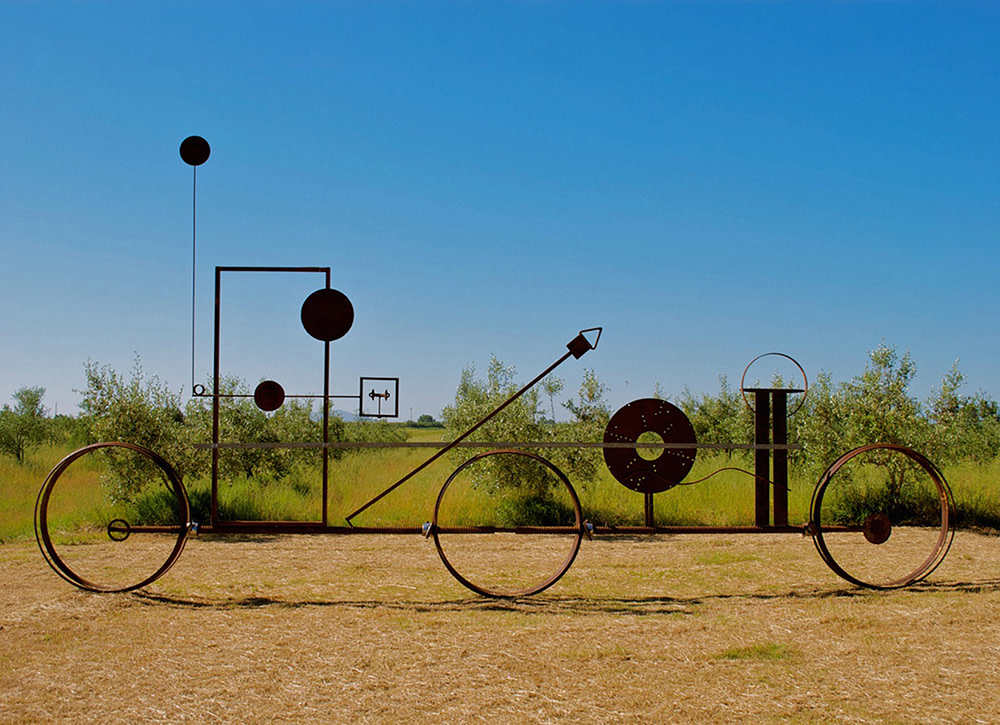 VIAGGIO DI RITORNO GARDEN - CASTIGLIONE DELLA PESCAIA
VIAGGIO DI RITORNO GARDEN - CASTIGLIONE DELLA PESCAIAThis garden, which has both a symbolic and environmental value, was created by bio-architect Rodolfo Lacquaniti. He used waste collected in the environment, such as sheet-metal and bottles, tubes and clothing, recycling them into components for new figures that “go back” to populating Maremma’s coastal landscape. Therefore, the works enjoy a second life as elements of nature that are cyclically regenerated and regain, along with a plastic and monumental form, a sense of playfulness and the typical childhood lightheartedness, thus transforming an experimental complex into the ideal place to get lost and find oneself again, as carefree as children.
 ARTLANDS - CAMPI BISENZIO - LASTRA A SIGNA - SIGNA - PRATO
ARTLANDS - CAMPI BISENZIO - LASTRA A SIGNA - SIGNA - PRATOThis experimental project was conceived and carried out by biologist Carlo Scoccianti who, since 1996, has been engaged in reclaiming the wetlands of the Florentine plain between the airport and the confluence of the Arno and Bisenzio rivers, and between Prato and Poggio a Caiano, an area which has been lately opening up to new creative experiences connected with the local landscape and ecology. The “new forms of land management” as suggested by Scoccianti and associated with the reclamation of degraded areas and the building of detention basins, combine aspects of Land Art, landscape design and ecology applied to the conservation of living species: science, technology and art are placed at the service of nature (www.artlands.net).






